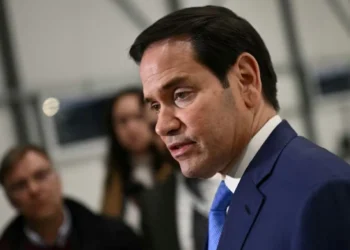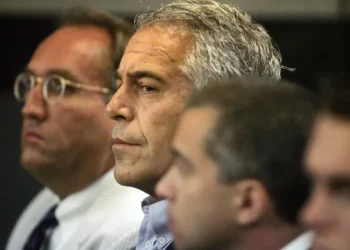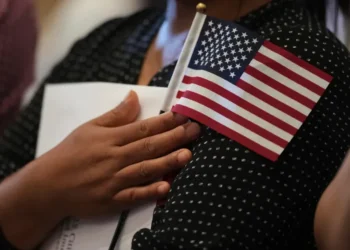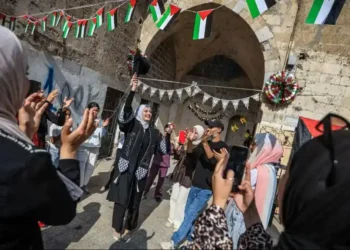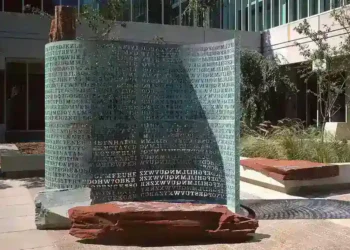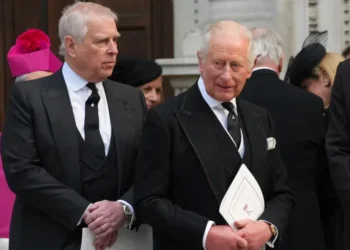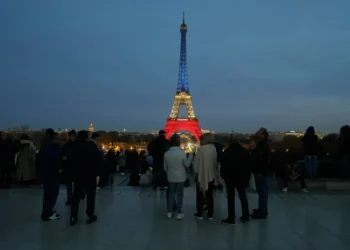UN Approves U.S.-Led Gaza Stabilization Plan With International Force and Transitional Authority
The United Nations Security Council has approved a U.S.-backed plan that outlines Gaza’s next steps after more than two years of conflict. The resolution authorizes an international force, a transitional administration, and a possible route toward Palestinian self-determination. The vote also strengthens U.S. diplomatic efforts as regional talks continue.
Background and Global Significance
The Security Council endorsed the Trump administration’s proposal with a 13–0 vote. Russia and China abstained, but they did not block the measure. The decision gives the plan broad international support after months of negotiations between Washington and regional partners.
U.S. officials said the resolution marks an important moment for Gaza’s future. Many Middle Eastern diplomats agreed. They stressed that UN approval was essential, since countries considering troop contributions wanted a clear legal mandate.
The plan comes after years of intense fighting that destroyed Gaza’s infrastructure and displaced large parts of the population. It also deepened political tensions across the region.
Key Parts of the U.S. Plan
The resolution authorizes an international stabilization force. It will secure Gaza, manage border zones, and oversee the demilitarization of non-state armed groups. The mandate runs through the end of 2027.
A new Board of Peace will serve as a transitional governing authority. Under the plan, U.S. President Donald Trump will oversee the board. This structure places Washington at the center of Gaza’s political transition.
The stabilization force can “use all necessary measures” to fulfill its duties. This phrase signals approval for military force under UN standards. The force will also train and support a Palestinian police unit responsible for local security.
Coordination with Egypt and Israel is required. Both countries play major roles in border management and humanitarian access, which makes their cooperation essential for the plan’s success.
Regional Support From Arab and Muslim Nations
Many Arab and Muslim states backed the proposal. The U.S. issued a joint statement with Qatar, Egypt, Saudi Arabia, the UAE, Indonesia, Pakistan, Jordan, and Turkey. These countries called for a quick vote and said they would consider contributing to the force once UN approval was secured.
Several of these nations had made UN authorization a condition for joining any security mission in Gaza. Their involvement is seen as important for legitimacy and trust across the region.
The vote also comes during a fragile ceasefire. Diplomats hope the resolution will help maintain calm and build a foundation for longer-term stability.
Conditional Pathway to Palestinian Statehood
Debates during the negotiations focused heavily on Palestinian self-determination. Arab states and Palestinian officials pushed for stronger language. As talks progressed, U.S. diplomats agreed to adjust the text.
The final resolution mentions a possible path to Palestinian independence. However, it does not set a timeline. It states that progress in reconstruction and reforms within the Palestinian Authority could “finally” create conditions for a credible route to statehood.
The plan also directs Washington to open a dialogue between Israel and the Palestinians. The goal is to outline a political vision for peaceful coexistence.
Israeli Prime Minister Benjamin Netanyahu repeated his opposition to Palestinian statehood. His coalition partners voiced similar concerns and warned that the resolution might increase pressure for a two-state solution.
Humanitarian and Regional Realities
The vote took place as the ceasefire continued after more than two years of war. The conflict began after Hamas carried out an attack on southern Israel on October 7, 2023. Israel reported that the assault killed about 1,200 people.
Israel’s military response caused severe destruction across Gaza. The Gaza health ministry says more than 69,000 Palestinians have died. The total includes both civilians and combatants, though the ministry reports that most victims are women and children.
Much of Gaza’s infrastructure remains in ruins. International agencies report ongoing shortages of medicine, food, and clean water. The resolution instructs the stabilization force to work closely with humanitarian organizations to improve aid delivery.
The Challenge of Demilitarization
Demilitarization remains one of the most difficult tasks. The stabilization force must oversee the dismantling of weapons held by non-state armed groups. Hamas has not formally agreed to this requirement, which raises serious concerns.
Regional observers warn that disarmament will face obstacles without broad political support. They also note that the process may take years, not months.
Israeli forces are expected to withdraw as stability improves. The timeline depends on several conditions, including progress on demilitarization. The stabilization force, Israel, the U.S., and the guarantors of the ceasefire must all agree on the benchmarks.
U.S. Messaging After the Vote
U.S. Ambassador Mike Waltz called the vote “historic and constructive.” He said the resolution marks the start of a new chapter for Gaza and the wider Middle East. Waltz also emphasized that the decision represents the beginning of a long, complex process.
President Trump praised the vote on social media. He called it one of the most significant approvals in UN history and said the decision would help strengthen global peace.
Diplomats across the region warned that implementation will not be easy. They expect political challenges, logistical difficulties, and disagreements between major stakeholders.
What Comes Next
The next phase focuses on deploying the stabilization force and forming the Board of Peace. Regional countries must decide how many troops they can provide. The UN will also outline rules, coordination structures, and timelines.
The resolution shows strong international support for a U.S.-led effort to rebuild Gaza and guide its political transition. Whether the plan produces long-term peace will depend on political cooperation, security conditions, and humanitarian progress.
This article was rewritten by JournosNews.com based on verified reporting from trusted sources. The content has been independently reviewed, fact-checked, and edited for accuracy, neutrality, tone, and global readability in accordance with Google News and AdSense standards.
All opinions, quotes, or statements from contributors, experts, or sourced organizations do not necessarily reflect the views of JournosNews.com. JournosNews.com maintains full editorial independence from any external funders, sponsors, or organizations.
Stay informed with JournosNews.com — your trusted source for verified global reporting and in-depth analysis. Follow us on Google News, BlueSky, and X for real-time updates.


